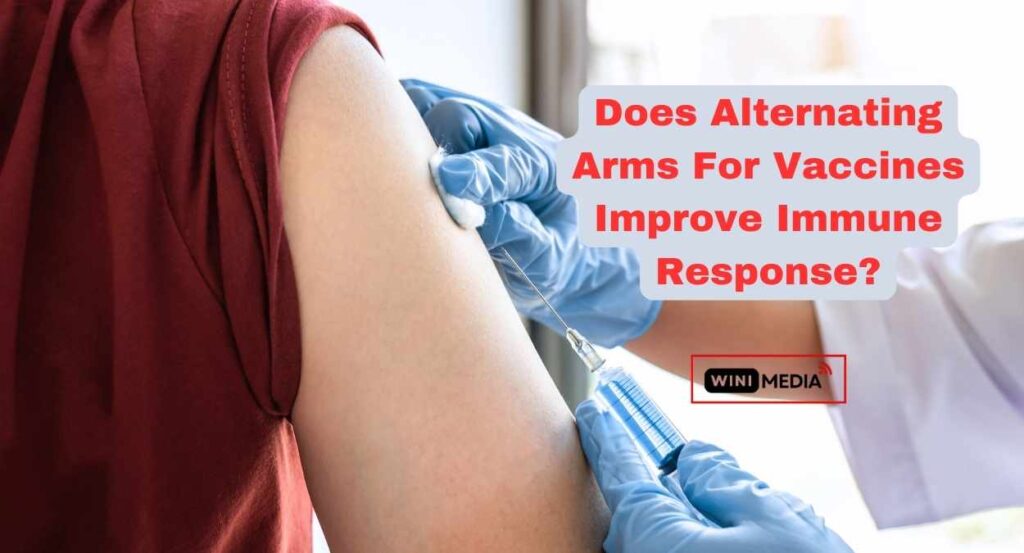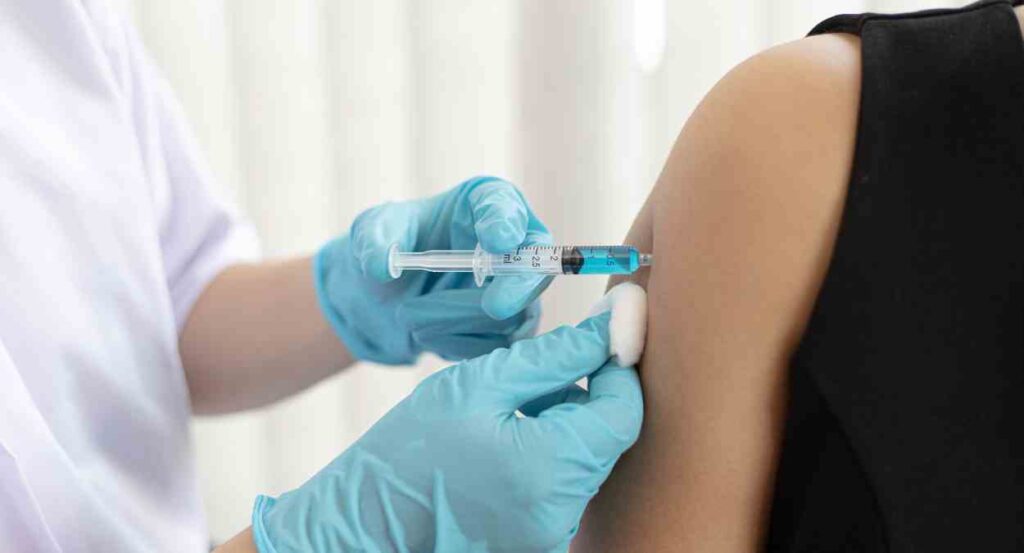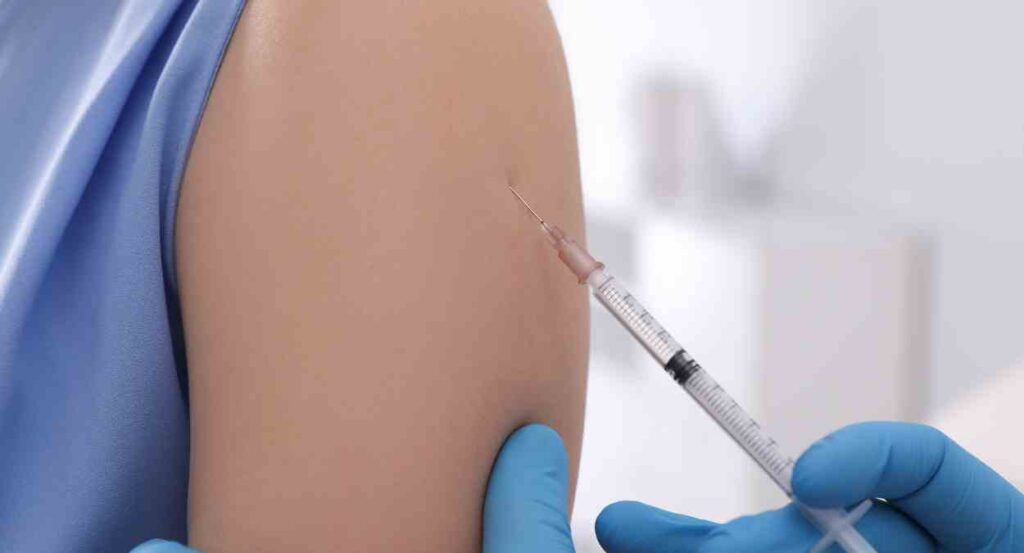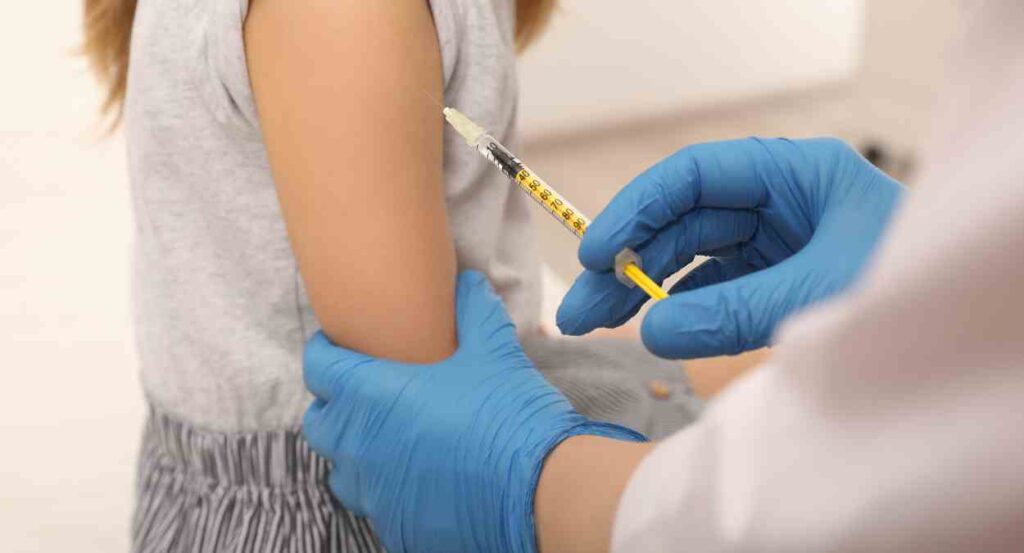{ vaccines, alternating arms, immune response, antibody levels, COVID-19, vaccine doses, lymph nodes, elderly, immunocompromised, dose intervals }
Getting vaccinated is one of the most important ways to protect yourself against dangerous diseases. Many vaccines require multiple doses given weeks or months apart to achieve full immunity. Historically, health providers would give all doses in the same arm without considering whether changing arms could make a difference.
However, emerging research suggests that alternating arms for vaccines may substantially boost immune response compared to repeat doses in one arm.

Key Research Findings on Alternating Arms
Several recent studies have looked at whether changing arms between vaccine doses improves immune response:
- A 2022 study on COVID-19 vaccines found those alternating arms had a small increase in antibodies compared to the same arm.
- An OHSU study in 2023 saw a 1.3 to 4-fold increase in COVID-19 antibody levels in people alternating arms versus the same arm after the second dose.
- The benefit persisted at 13 months and was stronger against the Omicron variant.
- Previous smaller studies on hepatitis B and other vaccines had mixed results on alternating arms.
- The effect seems most pronounced after the second dose; minimal difference after the first dose.
- Benefits are seen with longer dose intervals of 3-4 months versus shorter intervals.
While more research is still needed, evidence so far indicates alternating arms may provide a real boost to immunity, especially after the second dose.

How Could Alternating Arms Boost Immunity?
Researchers have proposed two main theories for why changing arms could improve immune response:
Activating More Lymph Nodes
- Lymph nodes filter antigens and produce antibodies.
- Different lymph nodes drain each arm. Alternating arms may activate more total lymph nodes and antibody production.
Preventing Local Immune Exhaustion
- Repeated doses in one spot may exhaust local lymph nodes and immune response.
- Changing arms gives the lymph nodes time to recover and respond more vigorously.
So using both arms distributes the immune work across a larger network of lymph nodes and prevents overtaxing just one side.

Potential Benefits of Alternating Arms
While more studies are still needed, some potential benefits of changing arms for vaccines include:
- Stronger Immunity: Producing more antibodies gives better protection against disease. This could prevent infections and serious outcomes.
- Longer Lasting Immunity: Higher antibody levels may result in more durable immunity over months and years. This could reduce the need for booster shots.
- Improved Response in Vulnerable Groups: The elderly, immunocompromised, and others who respond poorly to vaccines may benefit the most from arm alternation to maximize immune response.
- Higher Effectiveness Against Variants: Increased antibody levels provide better coverage against emerging viral variants that evade immunity from previous strains.
So alternating arms is a simple way people may be able to strengthen their protection from vaccines. Implementing this strategy more widely could provide population-level benefits against infectious diseases.
Evidence For Alternating Arms Benefit
Several studies over the past few years have provided evidence that changing arms between vaccine doses can improve immune response.
COVID-19 Vaccine Studies
Research on COVID-19 vaccines consistently finds a benefit to alternating arms versus repeat doses in the same arm:
- An OHSU study published in 2023 looked at 947 healthcare workers receiving COVID-19 vaccines. Those alternating arms had 1.3-4X more antibodies after the second dose than the same arm group. The increased response lasted over 13 months.
- A 2022 study with 503 healthcare workers found a slight 5-10% increase in COVID antibodies in alternating arm groups after the second dose.
- Both studies saw the benefit mostly after the second dose, with minimal difference after the first shot.
Non-COVID Vaccine Research
Some other studies on hepatitis B, HPV, and other vaccines have had mixed results:
- A hepatitis B study found slightly higher antibody levels after alternating arms versus the same arm after the second and third doses.
- However, an HPV vaccine study did not find any difference between arms after the second dose.
- More research is still needed across different vaccine types.
Overall the accumulating evidence suggests there is an immunological benefit to alternating arms for at least some important vaccines like COVID-19.

Implementing Arm Alternation In Practice
Based on the research so far, here are some recommendations for implementing arm-alternation:
- Consistency Matters Most: Whichever approach is used, it should be consistent across all doses of a given vaccine. Avoid mixing and matching arms.
- Alternate For Second Dose: The biggest difference is seen after the second dose, so at minimum alternate for the second dose.
- Note in Medical Records: Record which arm each dose is given in so providers can check records and maintain consistency.
- Longer Dose Intervals: Spreading doses 3-4 months apart may enhance the benefit of alternating arms compared to shorter intervals.
- Patient Communication: Inform patients there may be an immune benefit to alternating arms so they can request it.
- Train Vaccinators: Educate nurses, pharmacists, doctors and other vaccinators on the evidence showing the potential benefits of arm switching.
With some changes to clinical practice, it should be feasible to integrate arm alternation into standard vaccine administration protocols.
Who May Benefit Most From Alternating Arms?
While all individuals may gain some advantage from alternating arms, certain vulnerable groups stand to benefit the most:
- Elderly Adults: Immune response weakens with age. Alternating arms could provide a significant boost for older adults.
- Immunocompromised: Those with weaker immune systems have poorer vaccine response. Changing arms can maximize immunity.
- Post-Transplant/Cancer Patients: People on immunosuppressive drugs or chemotherapy have suboptimal vaccine response. They need every advantage to raise antibodies.
- Frequent Boosters: Individuals needing many booster doses over time may avoid immune exhaustion in lymph nodes by rotating their arms.
- Poor Initial Responders: For those who don’t achieve adequate immunity from initial doses, alternating arms can squeeze out additional immune responses.
So alternating arms seems to provide the greatest relative rise in immunity for those starting from a lower baseline immune response. This makes it an important strategy for our most vulnerable populations.

Long-Term Immunity Benefits of Alternating Arms
Beyond just boosting initial antibody levels after each dose, there are some indications altering arms between vaccines could provide better immune protection over the long-term as well:
- In the OHSU study, the increase in COVID antibodies persisted for over 13 months after vaccination in those alternating arms compared to same-arm individuals.
- This suggests the advantage isn’t just transiently higher antibody levels that quickly wane, but rather improved immune memory that continues providing enhanced protection.
- Having higher baseline antibody levels may result in better long-lived plasma cells that continuously secrete antibodies for years after vaccination.
- If switching arms improves the quality of immune memory and plasma cell generation, it could reduce the need for booster doses to maintain immunity.
Clearly more research on long-term immunity is needed. But the early evidence indicates alternating arms may provide durable protection lasting years, not just temporary boost after each dose.

Alternating Arms for Future Pandemics
The COVID-19 pandemic highlighted the importance of rapidly developing highly effective vaccines to stop the spread of emerging viruses. The arm alternation strategy could be useful for future pandemics as well:
- For new, unknown viruses, every advantage is needed to boost immune response from limited initial doses.
- Alternating arms for second/booster doses could quickly raise efficacy without changing the vaccine itself.
- This approach may buy time to manufacture updated, variant-specific boosters for emerging strains.
- Having a stronger initial immune foundation from arm switching may reduce severe breakthrough infections in a pandemic.
- If supplies are limited, smaller doses needed with higher immunogenicity from arm change could vaccinate more people.
So alternating arms could be one simple way to stretch vaccine resources farther and faster in the next pandemic until updated vaccines arrive.

Key Questions About Alternating Arms for Vaccines
Here are answers to some common questions about changing arms for vaccinations:
Q. Does it matter which arm I get each vaccine dose in?
- Emerging evidence says alternating arms may substantially boost immune response versus using one arm.
Q. Is there proof that switching arms is beneficial?
- Studies show higher COVID antibody levels from arm switching, but more research on other vaccines is needed.
Q. When should I alternate arms?
- The biggest difference is seen after the second dose, so alternating for the second dose is recommended.
Q. How much better is changing arms versus the same arm?
- Studies found 1.3-4X higher COVID antibody levels from alternating arms compared to same-arm repetition.
Q. Are there risks or downsides to alternating arms?
- There are no known harms or downsides. It does not appear less effective than single arm in any case.
Q. Who benefits most from alternating arms?
- Older adults, immunocompromised, organ transplant recipients, and others with weaker immunity benefit most.
Q. Should providers change practice to start alternating arms?
- Maybe. More evidence is still needed, but it may be reasonable to start integrating arm alternating, especially for high-risk groups.
Conclusion
- Emerging research indicates alternating arms for multi-dose vaccines may improve immune response compared to repeating arms.
- The effect seems most pronounced after the second vaccine dose, resulting in 1.3-4X higher antibody levels from alternating studies.
- Potential mechanisms include activating more lymph nodes and preventing local immune exhaustion.
- Groups like the elderly and immunocompromised may benefit most from switching arms between doses.
- While current evidence is promising, more studies are still needed on non-COVID vaccines and long-term effects.
- If findings hold up, alternating arms could be implemented widely for childhood vaccinations and future pandemics.
- Simply changing this standard practice could safely strengthen immunity from existing vaccines without other modifications.
In summary, the initial data suggests we may be able to enhance vaccine immune response and durability by making the minor change of using alternating arms for administration. While not conclusive yet, it’s an easy strategy that could provide major population health benefits against infectious diseases both now and in the future.
Disclaimer :
This article is intended for general information purposes only. All content and information found here are from publicly available sources. Any medical claims, statistical data, and facts have not been independently verified. Before acting on any advice or information here, one should always confirm it from primary sources.
Also Read:
What Does The Odometer Of An Automobile Measure? Your Car’s Odometer Reading Explained
Cervical Cancer in India: A Comprehensive Guide on Risk Factors, Symptoms, Prevention and Treatment
90-30-50 Diet Plan: A Balanced Nutrition Plan For Your Optimum Health
The Unexpected Fat Burning Power Of Ghee, How To Take Ghee For Weight Loss?
Discover India’s Top 25 Vipassana Meditation centre For Life Transformation






























